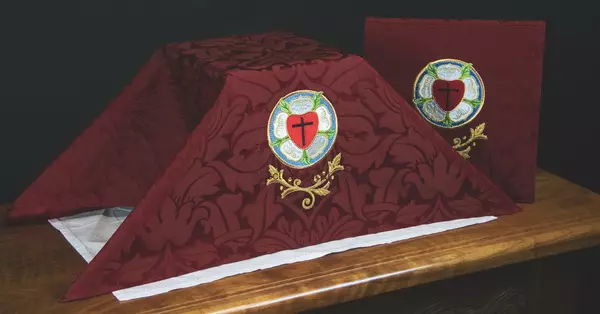
Discover our exquisite Chalice Veils, carefully made by skilled seamstresses in the USA. We use the best European fabrics for beautiful, high-quality designs. Our unique embroidery adds a special touch, showing our love for tradition. As a family business, we create vestments that respect our craft and your faith. Choose us for elegant, well-made pieces that honor the sacred.
Like this:
Like Loading...
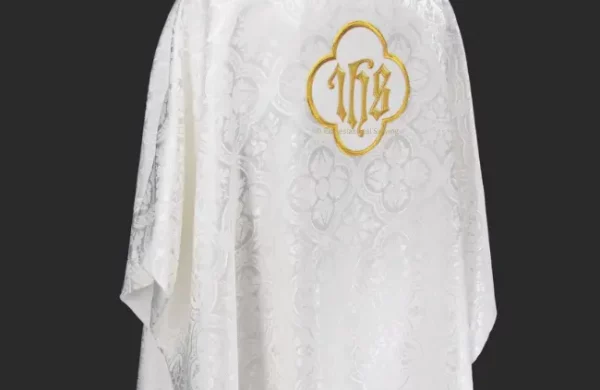
The IHS Christogram, derived from the Greek name of Jesus, symbolizes faith and devotion. Its use dates back to early Christianity but gained prominence in the Middle Ages. Popularized by Saint Bernardine of Siena, it became an emblem of the Jesuits, signifying their mission to spread the light of Christ.
Like this:
Like Loading...
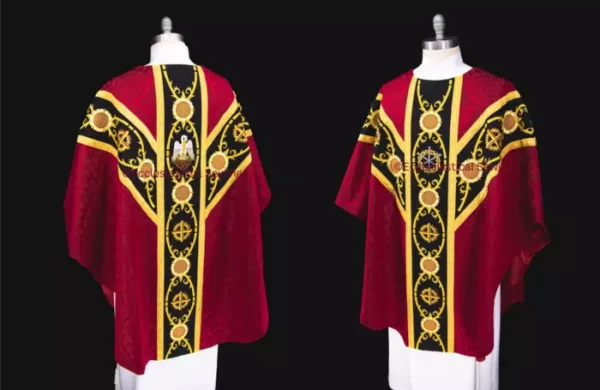
The use of “Ox Blood” during Holy Week symbolizes Christ’s Passion, while a unique set, featuring a mother pelican motif, embodies sacrificial love and redemption. This collection blends tradition with personal significance, celebrating enduring faith themes.
Like this:
Like Loading...
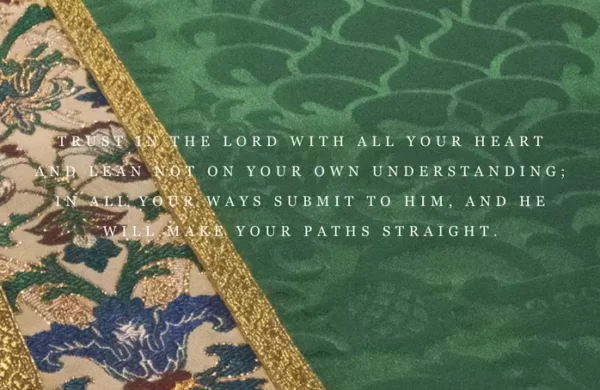
Lent makes us think, and we look forward to the renewal and growth of Ordinary Time. Following Christ’s teachings every day, this lively season encourages us to deepen our spirituality and nurture our community. Reserve your custom clothes early to get ready for Ordinary Time.
Like this:
Like Loading...
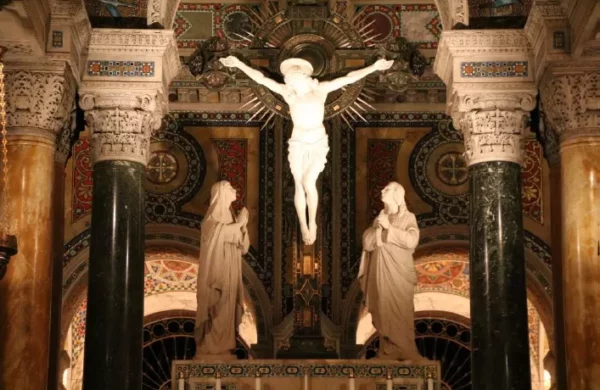
The Latin cross (also known as the Cross of the Passion) is the most commonly used. It is believed that this is the style of the cross in which Jesus was crucified. In older times, it was used indiscriminately with the Greek cross (more on that later!) but when the Eastern and Western churches split the Western Orthodox primarily used the Latin cross and the Eastern Orthodox used the Greek cross.
Like this:
Like Loading...
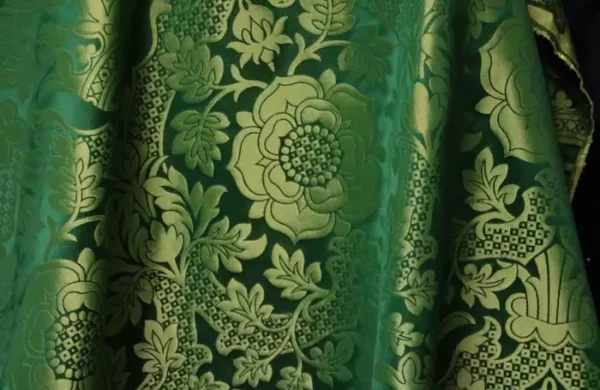
Green, with its lush and lively appearance, is often associated with growth, renewal, and the vitality of nature. During the Pentecost season, the Church reflects upon the birth and growth of the early Christian community, empowered by the Holy Spirit. Green serves as a powerful symbol of the spiritual growth that occurs within individuals and the Church as a whole. The color green serves as a visual reminder of the hope, inspiration, and guidance that the Holy Spirit provides, fueling the growth of faith and the spreading of God’s love throughout the world.
Like this:
Like Loading...
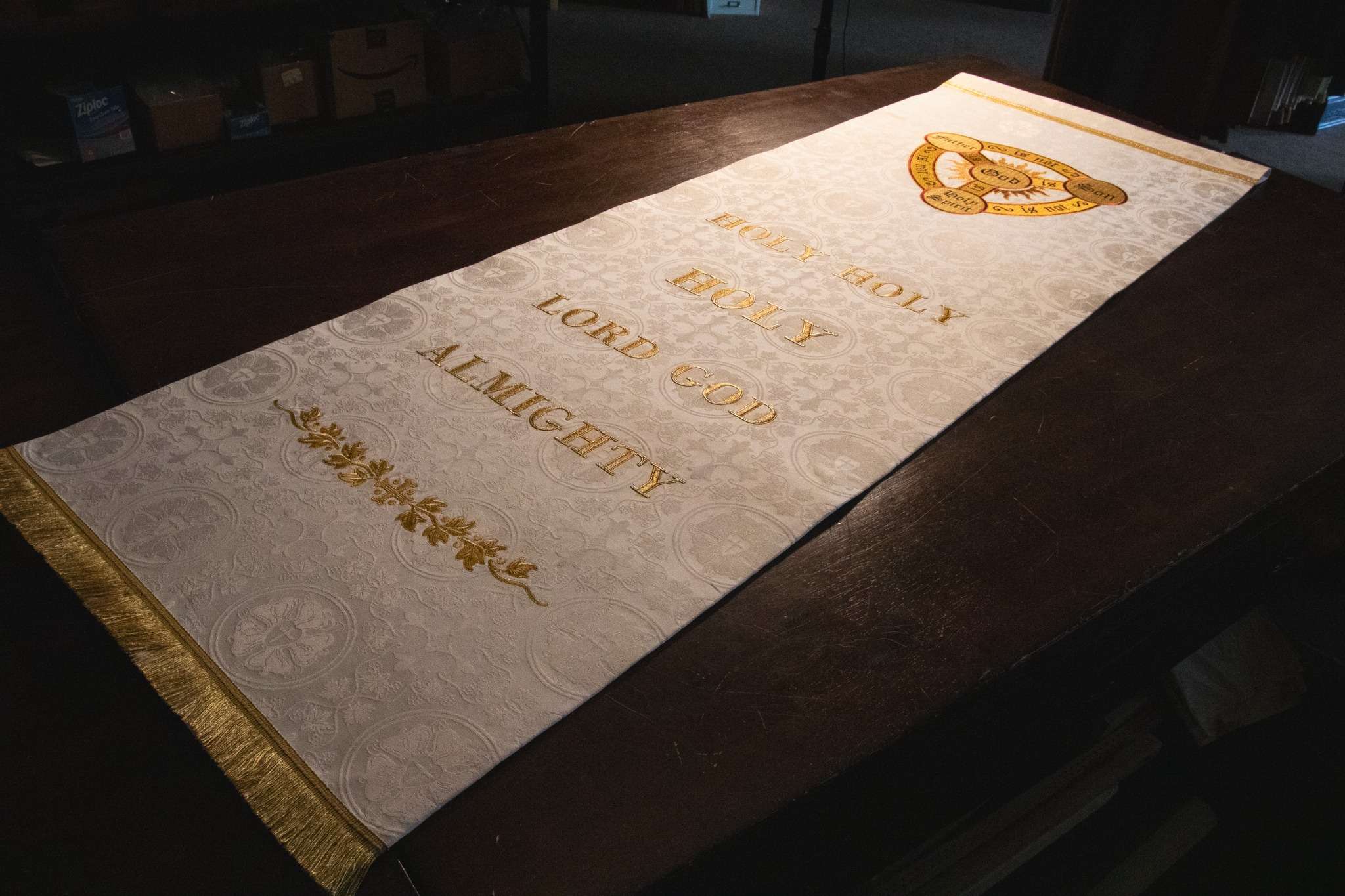
Trinity Sunday is a Christian feast day celebrated on the Sunday after Pentecost. It is a day dedicated to the Holy Trinity – the Father, Son, and Holy Spirit. The doctrine of the Trinity is one of the foundational beliefs of the Christian faith, and Trinity Sunday serves as a reminder of the essential nature of this belief. Trinity Sunday is a day that holds great significance for Christians around the world.
Like this:
Like Loading...
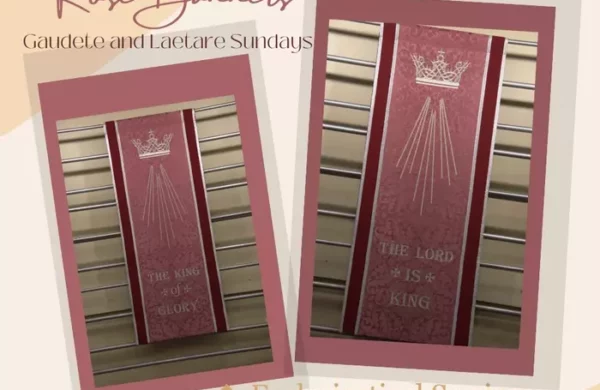
Church Banners with their vivid colors and intricate designs, have adorned houses of worship for centuries. In the early Christian era, when worship was often conducted in secret due to persecution, banners provided a means of discreetly identifying meeting places. The history of church banners is a testament to the enduring power of visual art and religious symbolism.
Like this:
Like Loading...
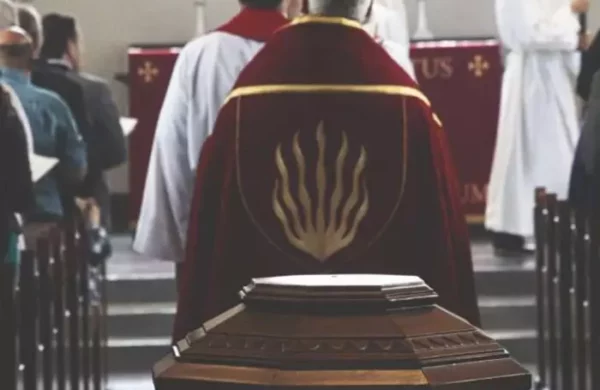
The word “Pentecost” comes from the Greek term “pent?kost?” which means “fiftieth.” Pentecost finds its roots in the Jewish holiday of Shavuot, which takes place 50 days after Passover and celebrates the giving of the Torah to Moses on Mount Sinai. Pentecost is a significant Christian holiday commemorating the Holy Spirit’s descent upon the apostles of Jesus Christ, marking the birth of the Christian Church.
Like this:
Like Loading...

Ascension Day is an important Christian holiday that marks the conclusion of the earthly ministry of Jesus Christ and his ascension into heaven. Observed 40 days after Easter Sunday, Ascension Day commemorates the moment when Jesus, after his resurrection, was taken up into the clouds before the eyes of his Disciples. This event is recognized in various Christian denominations around the world, each with unique customs and traditions. Let’s explore the significance of Ascension Day and how it is celebrated in different cultures.
Like this:
Like Loading...
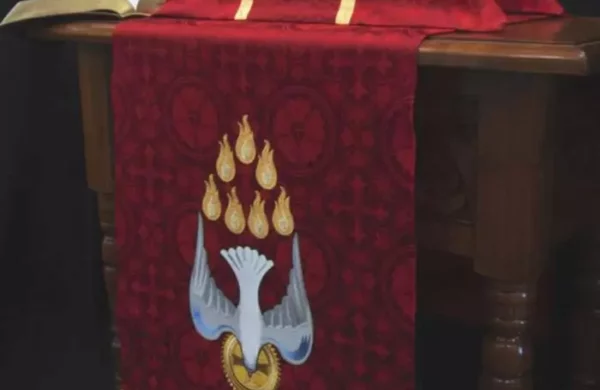
The use of the color red in the church during Pentecost is commonly attributed to its association with the flames of the Holy Spirit, which descended upon the apostles and other followers of Jesus Christ as tongues of fire. Red, as the color of fire and blood, is a natural choice to represent this element. The imagery of flames and fire is often associated with the Holy Spirit in Christian iconography, and red serves as a powerful visual reminder of the transformative power of faith.
Like this:
Like Loading...
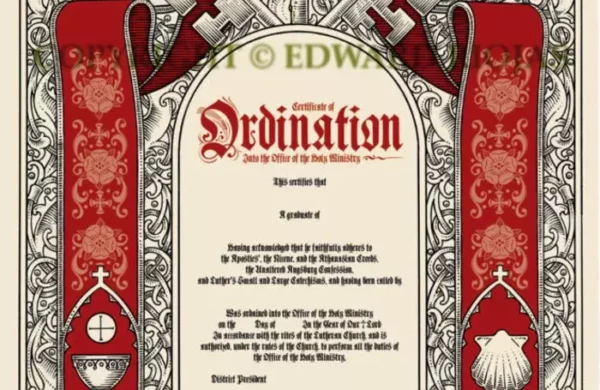
Edward Riojas has been creating artwork professionally for 40 years. Riojas now works exclusively in the sacred realm, while drawing on his origins in the fine arts. Edward’s beautiful artwork is the foundation of the liturgical designs for many of the church vestment collections found on our Ecclesiastical Sewing website.
Like this:
Like Loading...
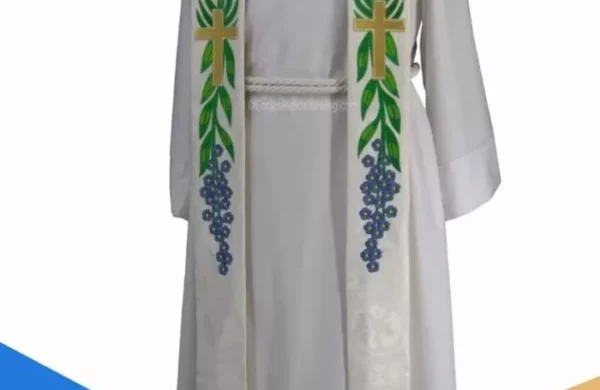
The white lilies and blue forget-me-nots held symbolic meaning. The dainty blue flowers asked the viewer not to forget God’s promises, while the white bursting blooms proclaimed the resurrection. They were attached to a bed of greens and a cross adorned the center of the stole.
Like this:
Like Loading...
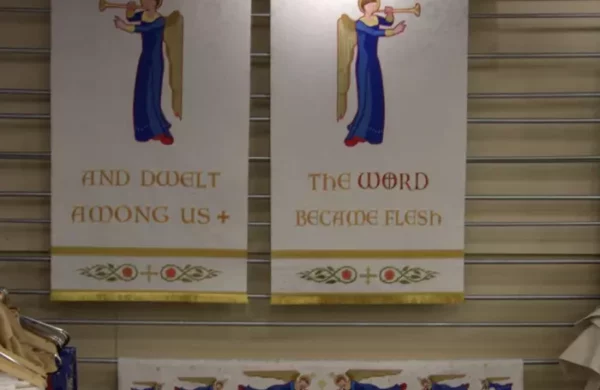
Martin The Mannequin _ Episode 3
In the snowy studio, a house elf named Timothy surprises Martin, the mannequin. Offering help with vestment repairs, Timothy shares his lineage connected to Jeanne Lanvin’s fashion house in Paris. While fixing stoles, Timothy directs Martin to return quick ship vestments and take the cat, Nightingale, back to the Arbor Boutique. Martin, intrigued by Timothy’s tales, heads out into the winter storm.
Like this:
Like Loading...
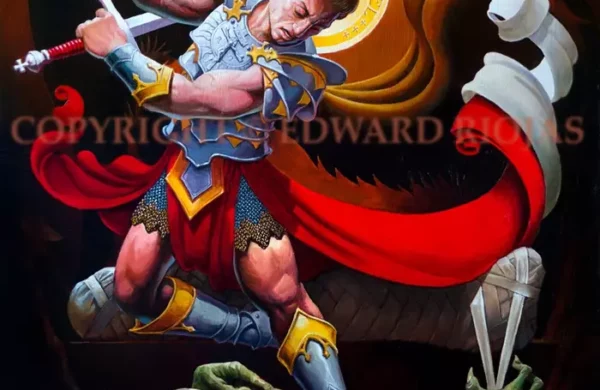
Looking for something that will be enjoyed by your special father every day? Please consider selecting the perfect gift of a Giclée print. Giclée prints are the archival standard used by museums and galleries to reproduce fine art. The images are printed on Hahnemuehle fine art paper and are ready for framing to suit your decor.
Like this:
Like Loading...
















You must be logged in to post a comment.